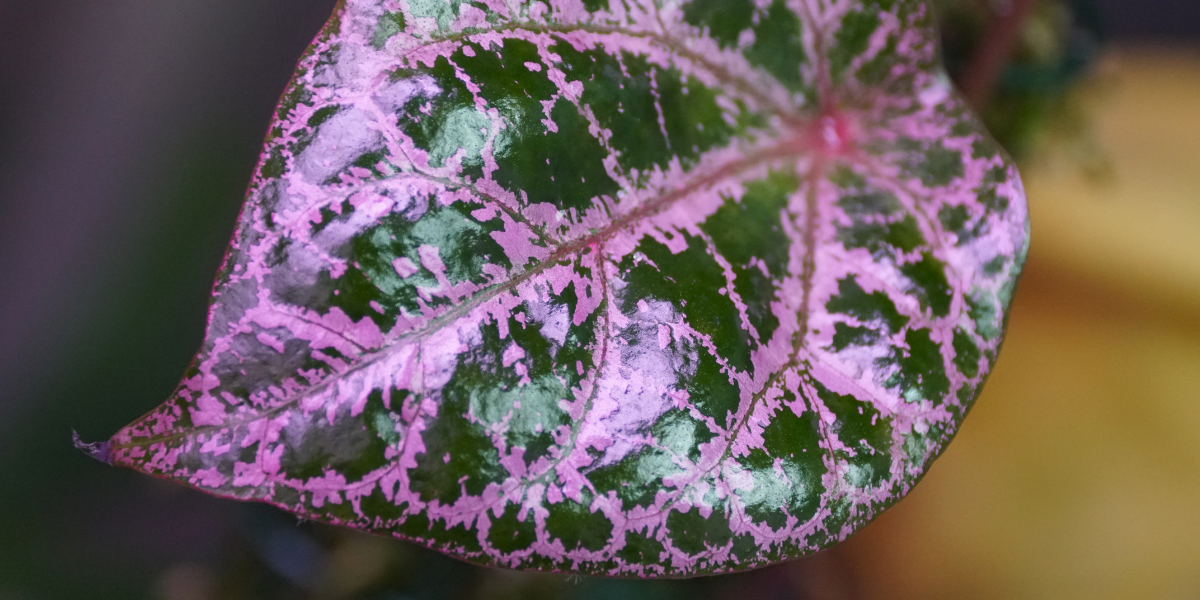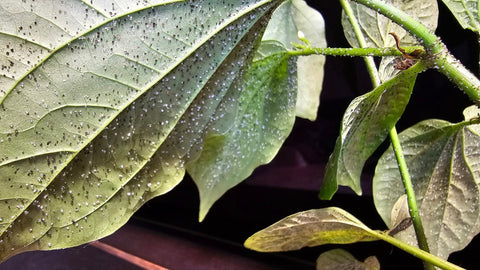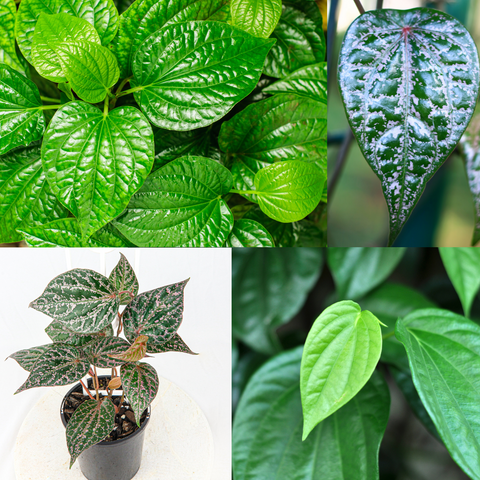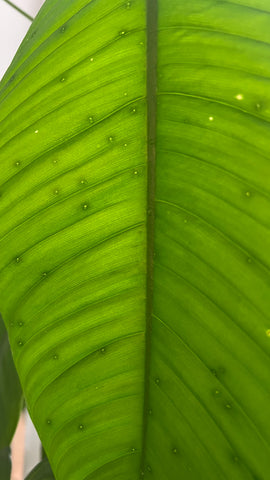What are the dots on the back of my Piper plant leaves?

The Marvel of Exudate on Piper Plants
NOT BUGS!
In the world of plants, mysteries often unfold right before our eyes. One such wonder is the presence of exudate on the undersides of Piper plant leaves, creating clear, white, and black dots that tell a fascinating story of defence mechanisms and symbiotic relationships with ants.
Piper Crystals
These small clear crystals, known as exudate, become apparent upon careful observation of a Piper leaf. These natural secretions serve as a tool for the plant to release excess sugars through tiny openings in the leaf tissues. Over time, these clear crystals oxalate and transform into tiny black dots. But here's the hidden marvel: Piper plants have a clever defence strategy. By secreting sugar crystals on the backs of their leaves, these plants attract ants, fostering a mutually beneficial partnership. The Piper plant becomes a source of food for the ants, while the ants, in turn, act as protectors—a remarkable example of nature's cooperation.

 📷 Piper Exudate. Courtesy of Paul Meredith
📷 Piper Exudate. Courtesy of Paul Meredith
For those lucky enough to have a Piper in their collection, understanding the significance of exudate can aid in its care. Abundant crystals might signal that your plant is receiving too much light. Aim for about 8 hours of filtered light per day to maintain a healthy balance and ensure that the soil remains consistently moist without being overly wet.

Nature's Survival Techniques
Piper plants and their exudate showcase nature's survival techniques and cooperative relationships. The crystals on the back of Piper leaves testify to the plant's resilience and ability to form alliances, adding to the allure of these beloved plants.
Exploring Botanical Context
Now, let's delve into a broader botanical context. Cystoliths and Extrafloral Nectaries (EFNs) are distinct structures found in plants, although not typically associated with Piper plants.
What's the difference between cystoliths and exudate?
Cystoliths and exudate are distinct structures found in plants, including some species of Piper plants, but they serve different purposes.

Cystoliths

Extrafloral Nectaries (EFN)
While cystoliths and EFNs are not typically found in Piper plants, exploring these structures provides a broader understanding of nature's intricate designs. So, whether it's the exudate dots on Piper leaves or the unique features in other plants, each adds to the captivating tapestry of the botanical world.
Frequently Asked Questions
The dots on Piper plant leaves are caused by a natural secretion known as exudate. This exudate forms as clear crystals, essentially excess sugars released by the plant through tiny openings in the leaf tissues. Over time, these can oxalate and transform into tiny black dots.
2. Are these dots on Piper plant leaves harmful or a sign of pests?
No, these dots are not harmful or a sign of pests. They are a natural phenomenon and part of the Piper plant's defence mechanism. The plant uses these sugar crystals to attract ants, which in turn help protect the plant from other pests.
3. How does the exudate on Piper plants benefit them?
The exudate is a tool for the Piper plant to release excess sugars and attract ants. This fosters a symbiotic relationship where the plant provides food for the ants, and the ants protect the plant from potential threats.
4. What care should be taken if my Piper plant has abundant exudate crystals?
Abundant exudate crystals on your Piper plant might indicate that it is receiving too much light. It's advised to provide about 8 hours of filtered light per day and ensure that the soil is consistently moist without being overly wet.
5. What is the difference between cystoliths and exudate?
Cystoliths and exudate are different structures found in plants. Cystoliths are mineral deposits that provide structural support and deter herbivores, while exudate is a sugary secretion used by the plant to attract ants for protection.
6. Do all Piper plants produce exudate?
While most Piper plants produce exudate, the amount and visibility can vary among species and under different growing conditions.
7. Can the presence of exudate indicate any specific needs or conditions of the Piper plant?
Yes, the presence and quantity of exudate can indicate the plant's light and moisture needs. It's a sign that the plant is actively engaging in its natural defence and symbiotic relationships, and adjusting care to maintain a healthy balance is beneficial.
8. What are the dots on Piper Crocatum leaves?
The dots on Piper Crocatum leaves are exudate crystals. The plant uses These natural secretions of sugar as a defence mechanism and to attract ants for a symbiotic relationship.
9. What are the little dots on my plant leaves?
The little dots on plant leaves, particularly on Piper species like Piper Crocatum, are typically exudate crystals. These are sugar secretions the plant uses for protection and to foster beneficial relationships with ants.
10. What are the clear balls in Piper Crocatum?
The clear balls in Piper Crocatum are a form of exudate, sugar crystals secreted by the plant. These clear balls allow the plant to release excess sugars and attract ants for protection.

